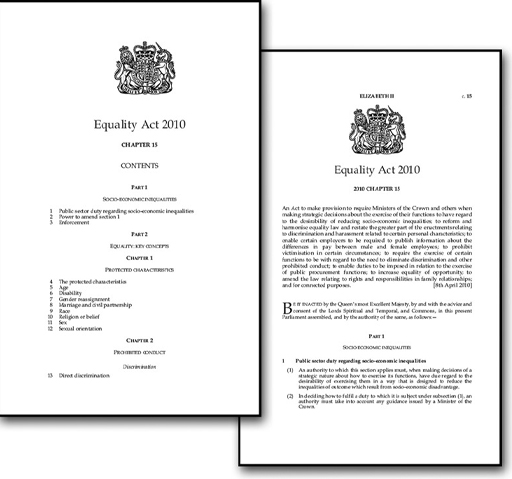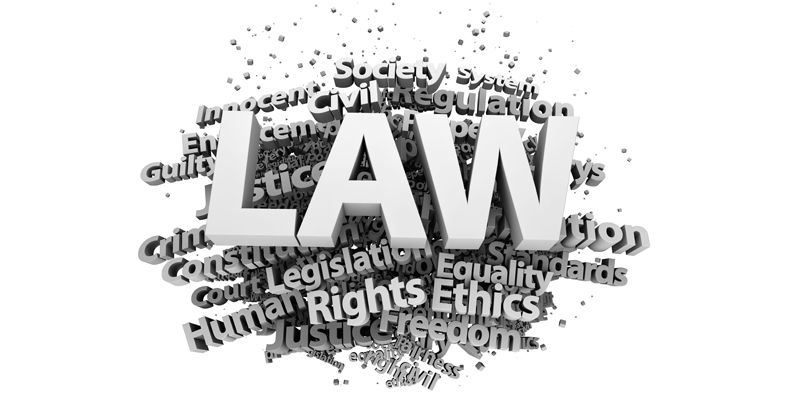3.1 Classification of law
There are two branches of the justice system: civil and criminal. Each branch has distinct procedures and terminology.
Civil proceedings are generally concerned with disputes between what are termed ‘legal persons’ (which includes human and non-human entities, such as companies and agencies).
Criminal law normally involves a proceeding brought by the state against one of its citizens.
Although there are two systems, there is not always a clear dividing line between civil and criminal matters, and the same facts can give rise to proceedings in either or both systems, as the case in the next activity illustrates.

Activity 2 Joanna's story
Read Joanna’s story and make notes below to see if you can identify the matters that fall under criminal law and those that fall under civil law.
Joanna’s story
Joanna is 92 and lives in social housing. She has been cared for by her children, Robert and Callum, who do not live with her. A neighbour contacts social services; he is concerned because he has not seen Joanna for a while.
On visiting the property, you find that Joanna has been living in very poor conditions. She has been hoarding and you feel that the conditions at the property are dangerous.
Joanna explains that she lent Robert a large sum of money to enable him to start a business, and that he has failed to pay it back. In addition, there is a significant amount of money missing from her bank account; she does not know what has happened to it but says that Callum has her bank card so that he can pay her bills.
Comment
Joanna could issue a civil claim against Robert to get him to repay the money she lent to him. There may be further civil proceedings issued by the housing authority to ensure that the property is made safe. In addition, criminal proceedings may be brought on behalf of the state against Callum if he has been using Joanna’s bank account fraudulently.
One important distinction to understand is that the rules and consequences of the two branches of justice systems are different. In civil proceedings the outcome would be in the form of an order that the court ultimately decided to make. If there was a criminal prosecution, the outcome on conviction would be punishment of some kind, such as a fine or imprisonment.
It is not only in terms of the possible outcomes that there are differences. One important distinction, for example, is that the standards of proof required for the two justice systems are not the same. In civil proceedings, the person who initiates the court action has to prove their case ‘on the balance of probabilities’ – that is, it is more likely than not that the events alleged to have occurred did in fact occur. The standard of proof in a criminal trial, however, is much stricter: the case against the accused must be proved ‘beyond reasonable doubt’. This means that if there remains any real doubt in the minds of the jury members, they must acquit the accused.
Therefore, in relation to Joanna’s case above, the standard of proof in respect of the housing matter and the loan would be on the balance of probabilities, while any allegations in criminal proceedings against Callum would have to be proved beyond reasonable doubt.
Law can also be further classified as being either public or private law. You will consider the difference between these in the next section.
